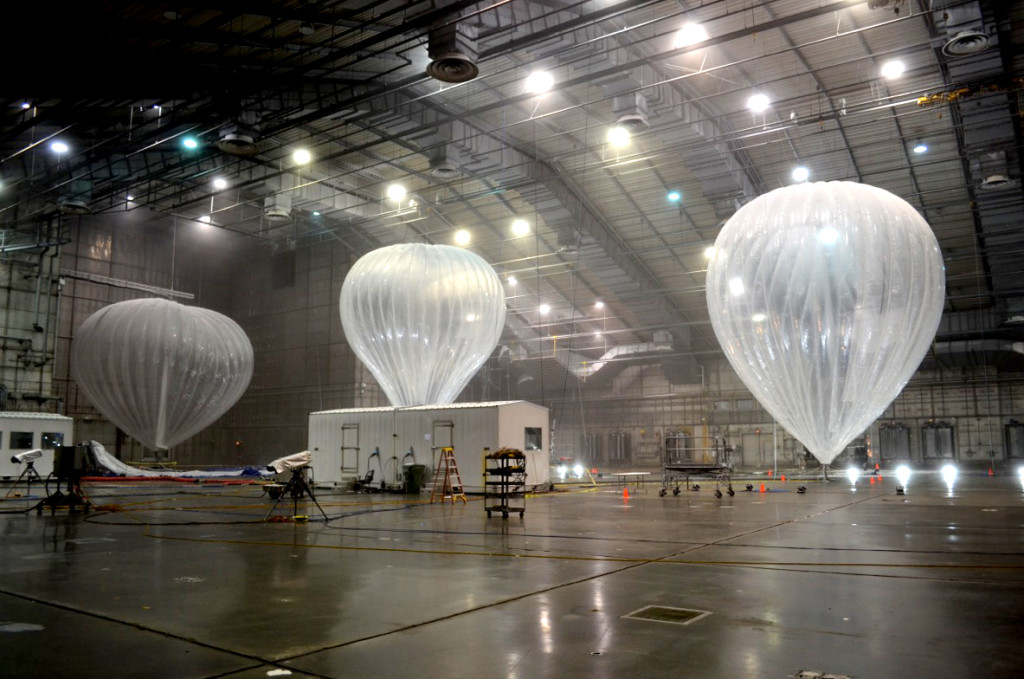[fusion_builder_container background_color=”” background_image=”” background_parallax=”none” enable_mobile=”no” parallax_speed=”0.3″ background_repeat=”no-repeat” background_position=”left top” video_url=”” video_aspect_ratio=”16:9″ video_webm=”” video_mp4=”” video_ogv=”” video_preview_image=”” overlay_color=”” overlay_opacity=”0.5″ video_mute=”yes” video_loop=”yes” fade=”no” border_size=”0px” border_color=”” border_style=”” padding_top=”20″ padding_bottom=”20″ padding_left=”0″ padding_right=”0″ hundred_percent=”no” equal_height_columns=”no” hide_on_mobile=”no” menu_anchor=”” class=”” id=””][fusion_builder_row][fusion_builder_column type=”1_1″ background_position=”left top” background_color=”” border_size=”” border_color=”” border_style=”solid” spacing=”yes” background_image=”” background_repeat=”no-repeat” padding=”” margin_top=”0px” margin_bottom=”0px” class=”” id=”” animation_type=”” animation_speed=”0.3″ animation_direction=”left” hide_on_mobile=”no” center_content=”no” min_height=”none”][fusion_title size=”1″ content_align=”left” style_type=”default” sep_color=”” margin_top=”” margin_bottom=”” class=”” id=””]
Google Is Testing Its Internet Balloons in a Huge Freezer
[/fusion_title][/fusion_builder_column][/fusion_builder_row][/fusion_builder_container][fusion_builder_container background_color=”” background_image=”” background_parallax=”none” enable_mobile=”no” parallax_speed=”0.3″ background_repeat=”no-repeat” background_position=”left top” video_url=”” video_aspect_ratio=”16:9″ video_webm=”” video_mp4=”” video_ogv=”” video_preview_image=”” overlay_color=”” overlay_opacity=”0.5″ video_mute=”yes” video_loop=”yes” fade=”no” border_size=”0px” border_color=”” border_style=”solid” padding_top=”” padding_bottom=”” padding_left=”0″ padding_right=”0″ hundred_percent=”no” equal_height_columns=”no” hide_on_mobile=”no” menu_anchor=”” class=”” id=””][fusion_builder_row][fusion_builder_column type=”1_2″ last=”no” spacing=”yes” center_content=”no” hide_on_mobile=”no” background_color=”” background_image=”” background_repeat=”no-repeat” background_position=”left top” hover_type=”none” link=”” border_position=”all” border_size=”0px” border_color=”” border_style=”” padding=”” margin_top=”” margin_bottom=”” animation_type=”” animation_direction=”” animation_speed=”0.1″ animation_offset=”” class=”” id=””][fusion_imageframe lightbox=”no” lightbox_image=”” style_type=”none” hover_type=”none” bordercolor=”” bordersize=”0px” borderradius=”0″ stylecolor=”” align=”none” link=”” linktarget=”_self” animation_type=”0″ animation_direction=”down” animation_speed=”0.1″ animation_offset=”” hide_on_mobile=”no” class=”” id=””]  [/fusion_imageframe][/fusion_builder_column][fusion_builder_column type=”1_2″ last=”yes” spacing=”yes” center_content=”no” hide_on_mobile=”no” background_color=”” background_image=”” background_repeat=”no-repeat” background_position=”left top” hover_type=”none” link=”” border_position=”all” border_size=”0px” border_color=”” border_style=”” padding=”” margin_top=”” margin_bottom=”” animation_type=”” animation_direction=”” animation_speed=”0.1″ animation_offset=”” class=”” id=””][fusion_title size=”3″ content_align=”left” style_type=”double dashed” sep_color=”#fd0404″ margin_top=”” margin_bottom=”” class=”” id=””]MAHESH KRISHNASWAMY LOOKS for leaks in Google balloons.[/fusion_title][fusion_text]
[/fusion_imageframe][/fusion_builder_column][fusion_builder_column type=”1_2″ last=”yes” spacing=”yes” center_content=”no” hide_on_mobile=”no” background_color=”” background_image=”” background_repeat=”no-repeat” background_position=”left top” hover_type=”none” link=”” border_position=”all” border_size=”0px” border_color=”” border_style=”” padding=”” margin_top=”” margin_bottom=”” animation_type=”” animation_direction=”” animation_speed=”0.1″ animation_offset=”” class=”” id=””][fusion_title size=”3″ content_align=”left” style_type=”double dashed” sep_color=”#fd0404″ margin_top=”” margin_bottom=”” class=”” id=””]MAHESH KRISHNASWAMY LOOKS for leaks in Google balloons.[/fusion_title][fusion_text]
He works on Project Loon, Google’s ambitious plan to deliver Internet service from enormous balloons floating in the stratosphere. When the company revealed the project in the summer of 2013, these polyethylene balloons stayed aloft for about five days. As part of Google’s effort to increase their flight time and turn them into a
[/fusion_text][/fusion_builder_column][/fusion_builder_row][/fusion_builder_container][fusion_builder_container background_color=”” background_image=”” background_parallax=”none” enable_mobile=”no” parallax_speed=”0.3″ background_repeat=”no-repeat” background_position=”left top” video_url=”” video_aspect_ratio=”16:9″ video_webm=”” video_mp4=”” video_ogv=”” video_preview_image=”” overlay_color=”” overlay_opacity=”0.5″ video_mute=”yes” video_loop=”yes” fade=”no” border_size=”0px” border_color=”” border_style=”solid” padding_top=”” padding_bottom=”” padding_left=”0″ padding_right=”0″ hundred_percent=”no” equal_height_columns=”no” hide_on_mobile=”no” menu_anchor=”” class=”” id=””][fusion_builder_row][fusion_builder_column type=”1_1″ background_position=”left top” background_color=”” border_size=”” border_color=”” border_style=”solid” spacing=”yes” background_image=”” background_repeat=”no-repeat” padding=”” margin_top=”0px” margin_bottom=”0px” class=”” id=”” animation_type=”” animation_speed=”0.3″ animation_direction=”left” hide_on_mobile=”no” center_content=”no” min_height=”none”][fusion_text]
viable way of getting underdeveloped regions online—Krishnaswamy runs what he calls The Leak Squad. Using everything from mass spectrometers to soap bubbles, these Googlers scour the balloons for even the tiniest of leaks and explore ways of changing manufacturing, shipping, and handling methods so these leaks are eliminated.
Typically, Krishnaswamy and his team examine and test the balloons in one of the iconic blimp hangars at Moffett Field, the old NASA airfield down the road from the Google X research lab in Mountain View, California. Hangar Two is one of the few places big enough to house these 30-foot-long balloons, and it happens to be in the neighborhood. A Google subsidiary is leasing the airfield from NASA so the company has a place to park its corporate jets and test things that don’t quite fit into an office.
‘It’s a giant freezer in Florida.’ MAHESH KRISHNASWAMY
But this week, on the two year anniversary of Project Loon, Krishnaswamy and his team are somewhere else. They’ve traveled to Eglin Air Force Base in Valparaiso, at the tip of the Florida panhandle. Eglin is home to McKinley Climatic Laboratory, a 55,000-square-foot hangar where the Air Force simulates extreme conditions like sub-zero temperatures, high-speed winds, rain, and snow as it tests fighter jets, bombers, helicopters, and such. Inside McKinley, Google is testing its balloons, exposing them to the kind of weather they’ll experience floating about 20 miles above the globe.
“It’s a hangar the size of Moffett—except it can go down to -60 degrees,” says Krishnaswamy. “It’s a giant freezer in Florida.”
These tests are another step in the rapid evolution of the unexpected and surprisingly effective Project Loon. Google can keep its ballon aloft for months—one flew for 187 days—and collectively, they’ve traveled a total of more than 16 million kilometers. Engineers have navigated the balloons within 500 meters of a target from 20,000 kilometers away, and Google can now send wireless signals between the balloons, daisy-chaining an Internet connection across the sky. The company estimates that, using these balloons, it can send an Internet signal from a telecom base station to phone users hundreds of kilometers away (about twice the width of the state of California).
The project is part of wider effort to create technologies capable of delivering Internet access to remote corners of the world. Facebook is building flying drones that can stream the Internet to earth, while Elon Musk’s SpaceX is apparently exploring the use of satellites. The hope is such systems can reach developing countries with greater ease and lower cost than traditional tech like wirelines and cellular towers.
[/fusion_text][/fusion_builder_column][/fusion_builder_row][/fusion_builder_container]